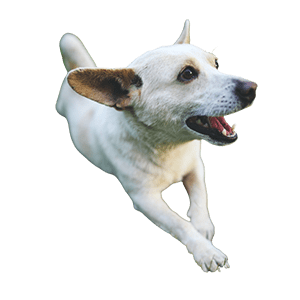Fox Terrier

Smooth Fox Terriers have long been the dearest of farmers and puppy owners. American farmers found smaller individuals, or what they referred to as runts, were particularly scrappy and capable of catching rodents around the farm. Pet owners determined them particularly as entertaining and handier to have around the house. In the early 1900s, those more miniature fox terriers have been crossed with numerous toy breeds, which include the Toy Manchester Terrier, Chihuahua, and probably Italian Greyhound. The result turned into a smaller model of the Smooth Fox Terrier with some essential differences. The fiery temperament was still there but tempered just a little bit.
- Type - Toy
- Weight -3.5-7 lb
- Height- 8.5-11"
- Family -Terrier
- Date of Orgin-Early 1900s
- Area of Orgin -United States
- Other Names -American Toy Terrier, Amertoy
Energy Level
Exercise Requirements
Playfulness
Affection Level
Friendliness To Dogs
Friendliness To Other Pets
Friendliness To Strangers
Watchfulness
Ease of Training
Grooming Requirements
Heat Sensitivity
Vocality
Temperement
TFTs are TNT in a small bundle. Feisty and fun-loving, they may be curious at heart and could spend hours investigating the yard, your cabinets, and places you never knew. They like to play with human beings and toys and make beautiful partners for careful older children; however, they do not tolerate inconsiderate handling. They can entertain for hours and are content to snuggle on a warm lap during recess. It is a one-family, even one-person, canine that doesn’t accept strangers initially. The TFT’s intelligence, energy, training, and penchant for showing off make it a quick study and fantastic trick canine.
Upkeep
“Upkeep includes ensuring the Toy Fox Terrier is provided with toys, playmates, and an appreciative audience. They want the opportunity to exercise their mind and body, however, they could accomplish that in a small area. Without much attention, exercising, and training. They could dig and bark.
The Toy Fox Terrier appreciates a warm, gentle bed or lap. They do not care to be wet or cold and need to put on a sweater or even protecting earmuffs in cold weather. Coat care is wash and wear.”
Health
“Major diagnosis: none
Minor diagnosis: patellar luxation, Legg-Perthes, demodicosis, congenital hypothyroidism with goiter
Occasionally seen: vWD, lens luxation
Suggested tests: knee, DNA for congenital hypothyroidism, DNA for lens luxation, (vWD)
Life span: 13–14 years”
Disclaimer
Note: While the characteristics mentioned here may frequently represent this breed, dogs are individuals whose personalities and appearances will vary. Please consult the adoption organization for details on a specific pet.
